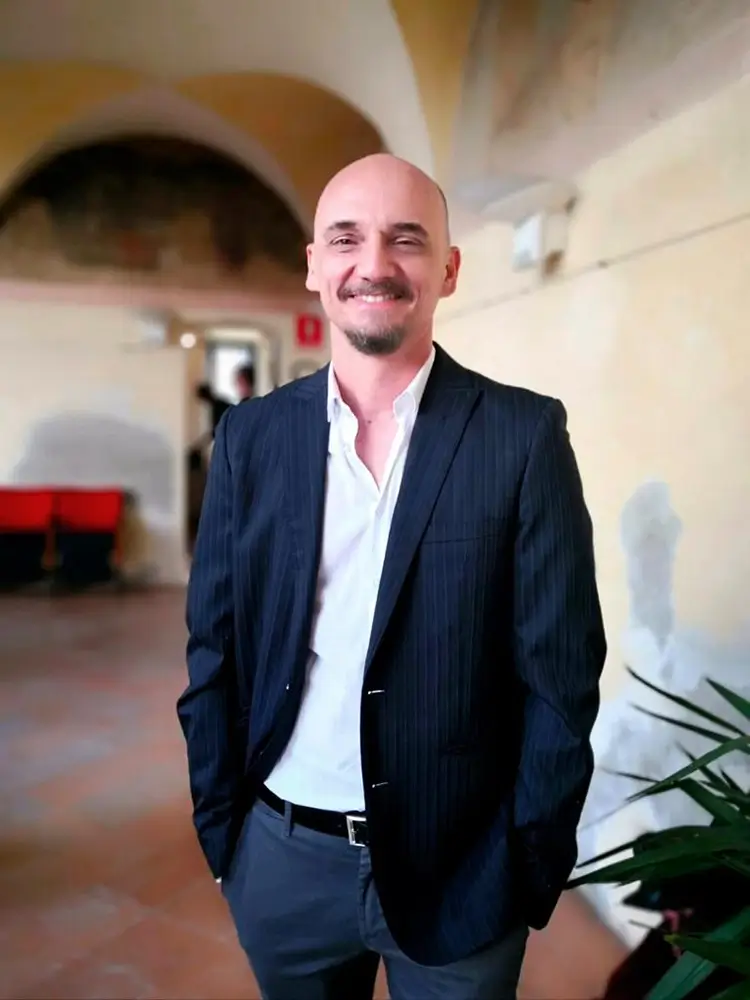Alessandro Zanoni is an Italian Art Director and Photographer. His interest encompasses a
profound love for urban landscapes, architecture, and the allure of night photography. Zanoni's
reportages have garnered recognition, finding a place in esteemed publications such as
Domus, Life Framer, Vice, Fubiz, Divisare, Photography of China, Creative Boom, Pellicola Mag,
Il Fotografo, Style Magazine, and many others. His lens has captured the essence of China with
in-depth reports on Wuhan, documenting the evolution of ghost towns in Inner Mongolia, and
chronicling the gradual disappearance of urban villages in the bustling cities of Shenzhen and
Shanghai. Beyond China, Zanoni explored the urban landscapes of Tokyo, Taipei, Seoul, and
Hanoi. Delving into unusual and desolate urban vistas, he explores the intricate relationship
between humanity and the cities it inhabits, creating a visual dialogue that transcends borders.
Zanoni also often turns his attention to the landscapes of his upbringing, immersing himself in
the ethereal mists of the Po Valley. A recipient of numerous international photography
accolades, including honours from the International Photography Awards, The Independent
Photographer, Sony World Photography Awards, Lens Culture, and Life Framer, Zanoni's
portfolio graces solo and group exhibitions in Europe and the USA.
